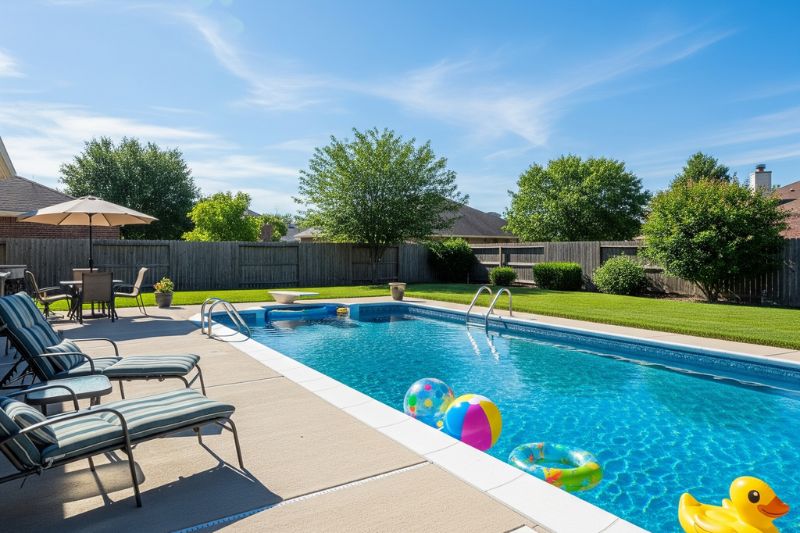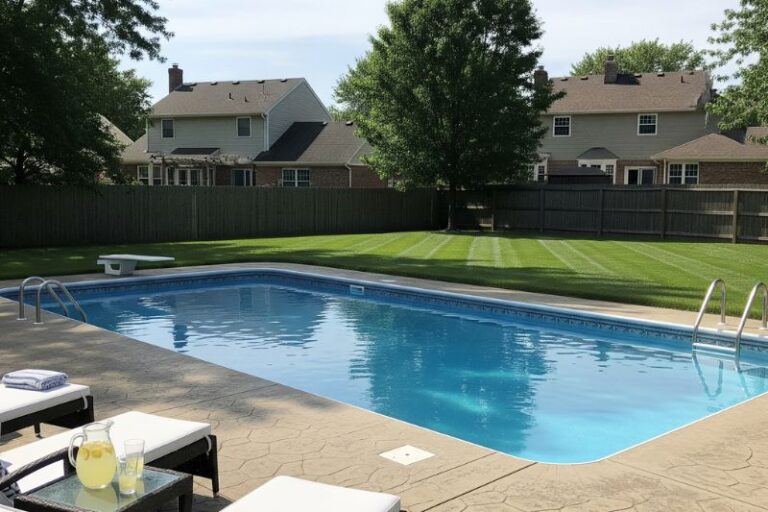Oh, so you think your pool is perfect. The water looks fine, the pump hums along, and you haven’t checked that little round dial in weeks. Congrats, you’re on the fast track to spending more money than you need to. That pressure gauge isn’t just a decoration, it’s your pump’s way of screaming for help.
Let’s talk about the most common mistakes pool owners make while blissfully thinking they’ve got everything handled.
1. Thinking “The Pump Sounds Fine” Means It’s Fine
Your pump is not a mind reader. Just because it’s running doesn’t mean it’s healthy. A pressure gauge reading that’s too high or too low tells you something is wrong: clogged filters, blocked returns, or even leaks. If you’re not checking it weekly, you’re guessing and guessing wrong.
Simple Fix: Glance at your gauge every week. Write down the normal reading so you’ll notice changes.
2. Backwashing “Whenever You Feel Like It”
If you backwash only when the mood strikes, your filter is suffering. A high pressure gauge reading usually means it’s clogged with debris. Keep ignoring it and you’ll cut your filter’s life in half.
Simple Fix: Backwash when the gauge shows 8-10 PSI higher than normal.
3. Forgetting to Clean the Pump Basket
You’d be surprised how many people forget this step. Leaves, bugs, and mystery gunk build up in there, strangling your water flow. That makes the pressure spike and your pump work harder.
Simple Fix: Empty the pump basket at least once a week.
4. Ignoring Slow Pressure Drops
Everyone panics over high pressure, but low pressure can be just as bad. It often means an air leak, clogged skimmer, or low water level. Ignoring it will leave you scratching your head when the pump burns out.
Simple Fix: Check for leaks, clean your skimmer basket, and top up your water.
5. Treating the Gauge Like It’s Optional
Your pressure gauge isn’t there for decoration. It’s one of the cheapest, most useful tools on your pool. Ignore it and you’ll pay for it, literally.
Simple Fix: Replace a broken gauge immediately. They’re cheap, and your pump depends on it.
Quick Pool Pump Pressure Gauge Checklist
- Check the gauge weekly and know your normal reading.
- Backwash when pressure rises 8-10 PSI above normal.
- Clean pump and skimmer baskets weekly.
- Investigate both high and low pressure readings.
- Replace broken gauges without delay.
Your pool pump is basically the heart of your pool. Treat the pressure gauge like a pulse check, and you’ll keep it running smoothly without surprise bills or swampy water.




